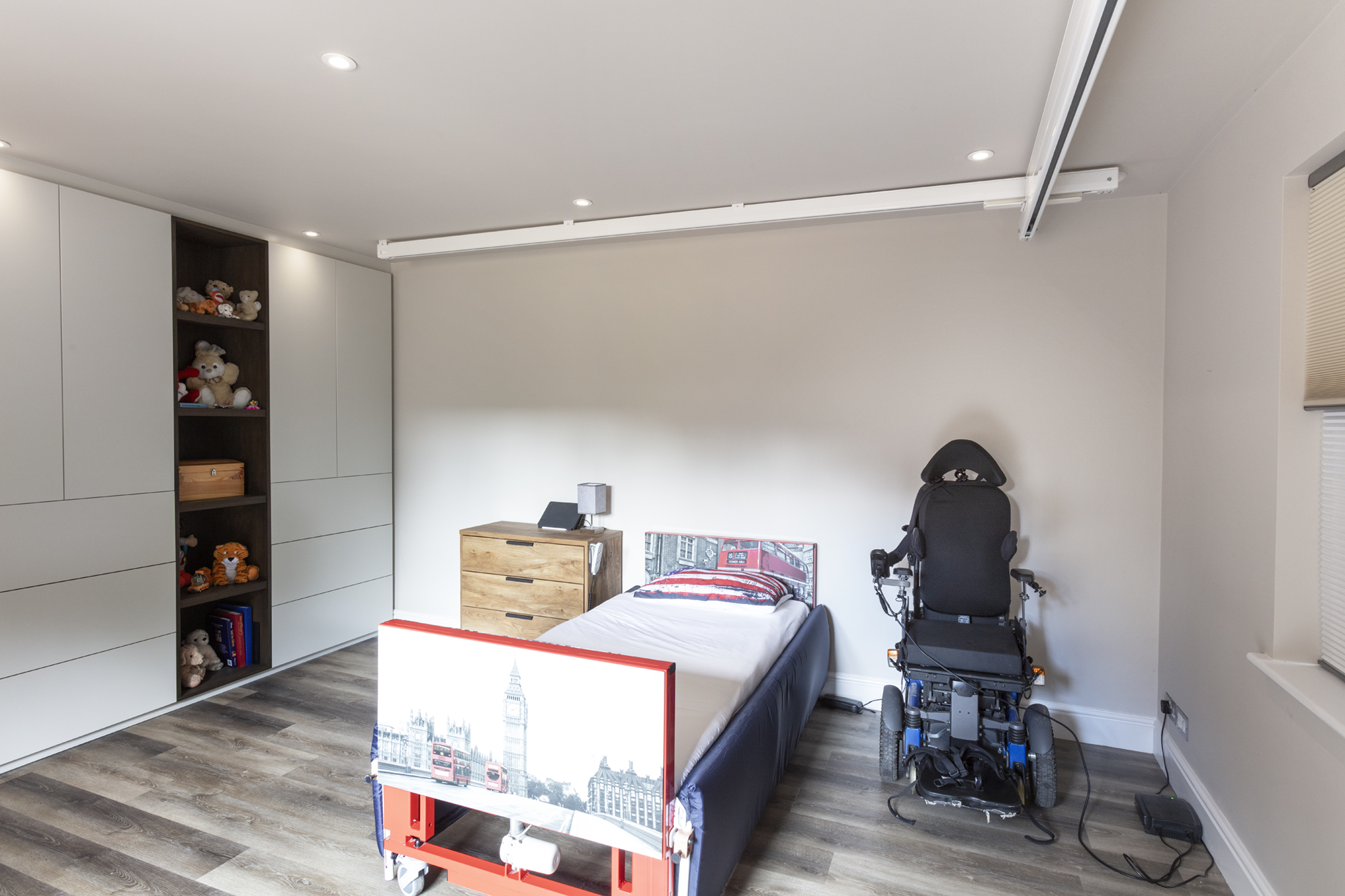
Creating a home that truly supports your needs or those of a loved one goes beyond just ensuring accessibility—it’s about providing a comfortable, independent, and welcoming environment where every detail is thoughtfully considered.
One of the first things to focus on is the space available for movement. A wheelchair-friendly home should have ample room for easy navigation, ensuring that you can move around without any restrictions. Wide doorways are essential, allowing smooth transitions between rooms and making it easier to navigate the entire home.
When transitioning between outdoor and indoor wheelchairs, having dedicated areas to park and switch is crucial for maintaining comfort and ease. In spaces like the bathroom, accessibility features such as room for a shower chair, handrails, and other transfer equipment are vital. These installations enhance safety and make daily routines more manageable.
The height of furniture, particularly dining tables, is another key consideration. Ensuring that tables and surfaces are at a comfortable level for you, whether in a wheelchair or during transfers, can significantly improve your everyday comfort. If you have a carer, designing with their needs in mind is also important. Creating dedicated spaces for carers allows them to assist effectively while respecting your independence.
Practical storage solutions play a critical role in an accessible home. Well-organised storage spaces where items are within easy reach help minimise unnecessary stretching or reaching, enhancing convenience and safety.
Eliminating barriers at doorways by installing level thresholds and ramps where needed is essential for smooth and safe entry and exit. For those who require hoist systems, ensuring the ceilings have the necessary structural support to accommodate these systems safely is key.
Flooring is another critical aspect that shouldn’t be overlooked. The correct flooring can make a significant difference in ease of movement and safety. Hard, smooth surfaces like hardwood, tile, or low-pile carpet are often ideal, as they allow for easy wheelchair mobility and reduce the risk of tripping. Rugs, while they can add warmth and style, should be used cautiously as they can pose a tripping hazard or make wheelchair movement more difficult. If rugs are used, ensuring they are secure and have low edges can help mitigate these risks.
Colour variations throughout the home can also play an important role in accessibility. Using contrasting colours on walls, floors, and furniture can help define spaces more clearly, aiding those with visual impairments or cognitive challenges in navigating their environment more easily.
Another simple yet highly effective feature to consider is app-controlled lighting. This technology allows you to control lighting with ease, eliminating the need to reach for switches that may be poorly positioned or difficult to use. App-controlled lighting can be adjusted from anywhere, even when you’re not at home, enhancing safety by allowing you to ensure your home is well-lit at all times, deterring intruders and making your return home more welcoming.
Additionally, installing electric blinds offers another layer of independence by allowing you to control light and privacy at the push of a button. Ensuring that everyday items are placed at a reachable height further promotes independence, allowing you to access what you need without having to ask for help.
Finally, while functionality is crucial, it’s equally important that your home feels warm and inviting. Balancing accessibility with a homely atmosphere ensures that your space is not just practical but also a place where you can truly relax and feel comfortable.
Designing an accessible home requires thoughtful planning to balance practicality with comfort. By focusing on key elements like ample space for movement, accessible bathrooms, properly placed furniture, safe flooring, colour contrasts, and smart technologies like app-controlled lighting, you can create a home that not only meets your needs but also enhances your quality of life. Whether you’re designing for yourself or a loved one, these considerations are essential for creating a home that truly supports and empowers.
If you need help creating an accessible but stylish home get in touch.